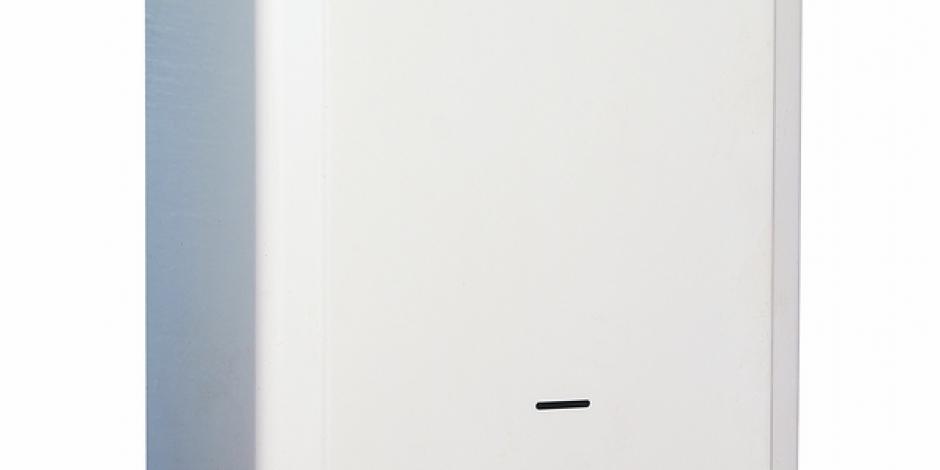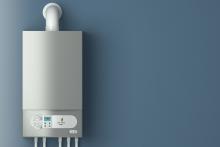
Your water heater is an appliance you rely on everyday. By performing key maintenance tasks, you can not only save money on costly repairs, but also make sure that your water heater continues to run well for years to come.
1. Lower the temperature setting on your water heater. Many water heaters' default setting is over 130 degrees Fahrenheit. Most professional plumbers recommend a temperature setting of about 115-120 degrees. This lower setting will help reduce the chances of your water heater overheating as well as save you up to 5% on your energy bill.
2. Inspect the temperature and pressure relief valve (T&P valve). The T&P valve is the safety valve on your water heater. If the water heater was to continue to heat water, even after reaching the set temperature, it could lead to an explosion from the built up pressure. To prevent this, excess pressure and temperature is expelled through this valve to keep your water heater running safely. You can inspect the valve in three easy steps
- Lift up on the T&P lever partway and allow it to snap back into place.
- The result should be a gurgling noise as the valve sends some water to the drain.
- If the T&P valve did nothing, contact a professional for a replacement valve.
3. Perform a mini-flush on your water heater. Over time, sediment builds up in your water heater tank. This sediment can both corrode your tank and decrease your water heater’s efficiency. To prevent these problems, you need to regularly flush your water heater. How often you need to flush it will depend on the hardness and acidity of the water in your area. Here’s a quick how-to guide for flushing your water heater.
- If you have an electric water heater, shut off the power for safety reasons.
- Place a bucket under the drain valve or connect a hose that runs to a safe place outside.
- Carefully open your water heater’s drain valve by turning it counter-clockwise.
- WARNING: water will be scalding hot. Be extremely careful to avoid burns.
- After you have emptied 1 to 2 gallons, shut the valve off by turning it clockwise.
- Remember to turn the power back on if you previously turned it off.
WARNING: If you water heater has not been regularly maintained, the drain valve may be corroded and unable to operate properly. If you are unsure of the condition of your water heater or uncomfortable performing this procedure, you should contact a professional plumber.
4. Wrap your water heater tank in an insulating blanket. An insulating blanket around the tank of your water heater, as well as insulating any exposed pipes, helps reduce energy consumption by decreasing the amount of standby heat loss. This can also extend the life of your water heater by lowering the demand on it.
5. Get an annual professional water heater inspection/tune-up. Much like your car, your water heater needs regular maintenance from certified, trained professionals. Professional plumbers are trained and know what to look for. They will inspect parts of your water heater that you do not safely have access to. Some of the things you can expect your plumber to do are:
- Inspect/Clean Burner assembly
- Inspect/Repair Exhaust Flue (gas & oil models only)
- Check for leaks/corrosion
- Recommend replacement of anode rod on older models
A professional plumber will also be able to tell you when or if it is time to consider upgrading to a new water heater. It may make be cheaper in the long term to purchase a newer, more efficient tankless water heater than to continually pay high maintenance and energy costs on an old water heater.
And utility rebates can help you purchase a new, efficient tankless water heater at a vastly reduced price! Contact Pippin Brothers for more information on how you can qualify for rebates on a new tankless water heater.








